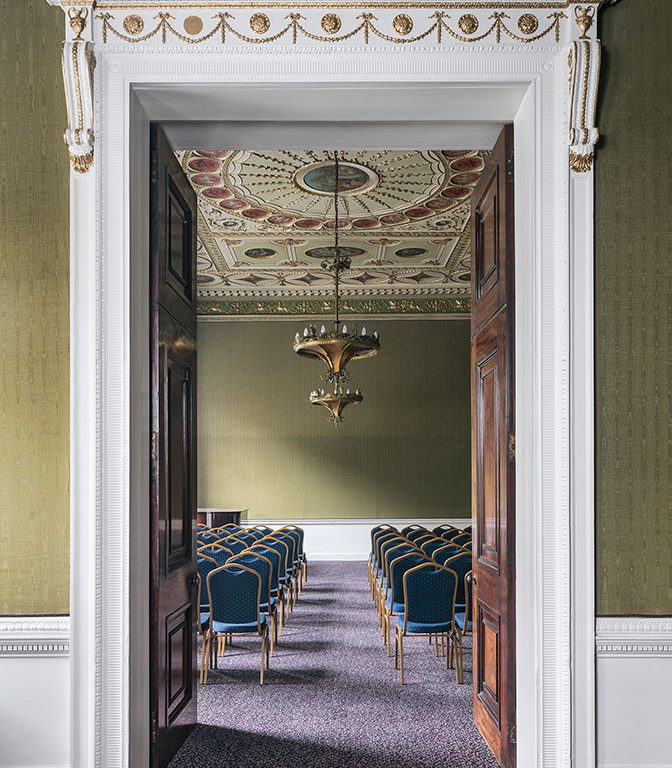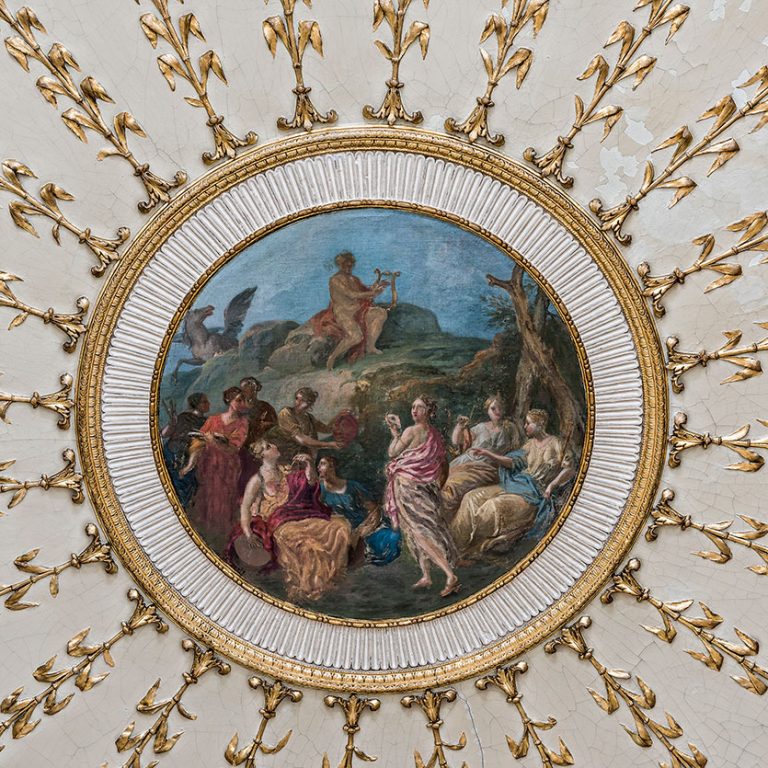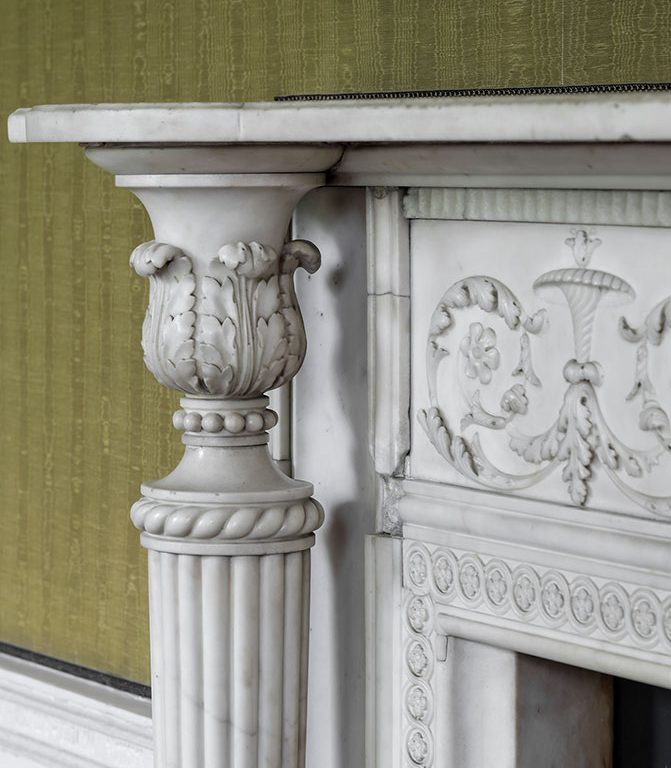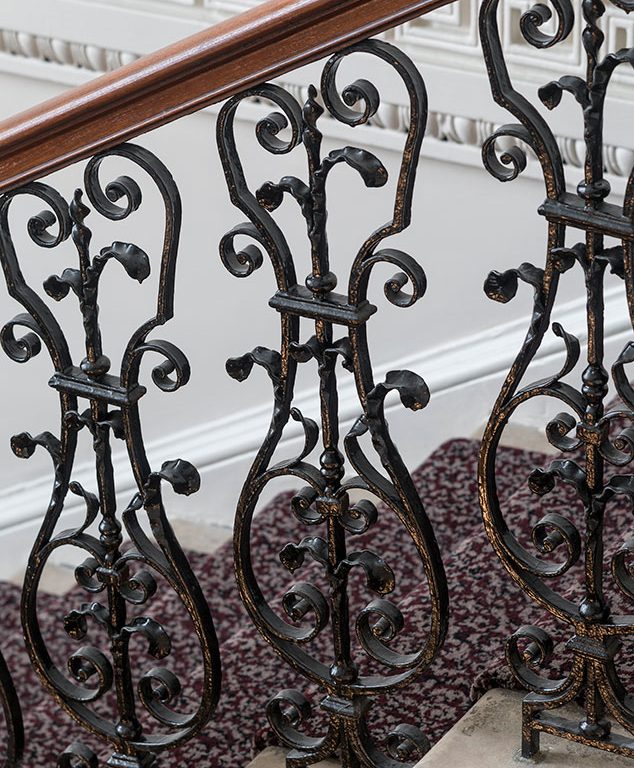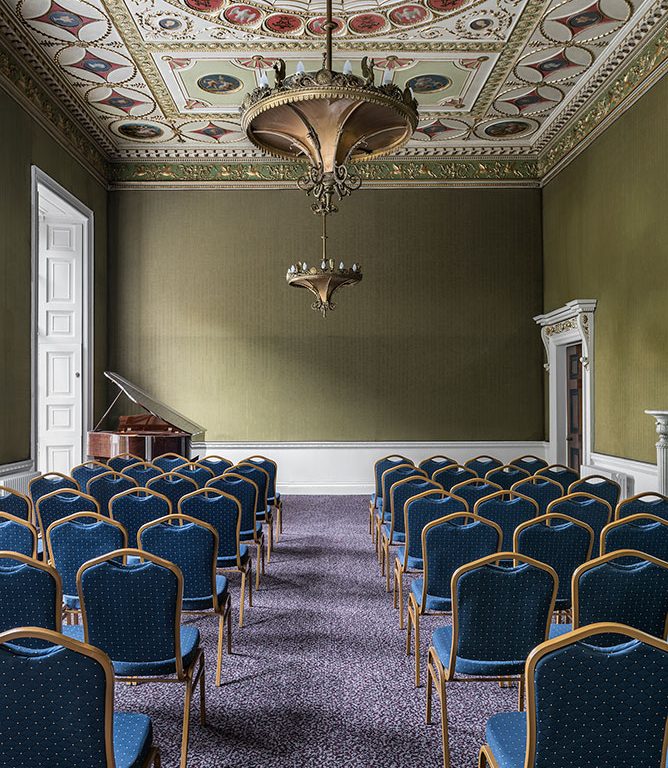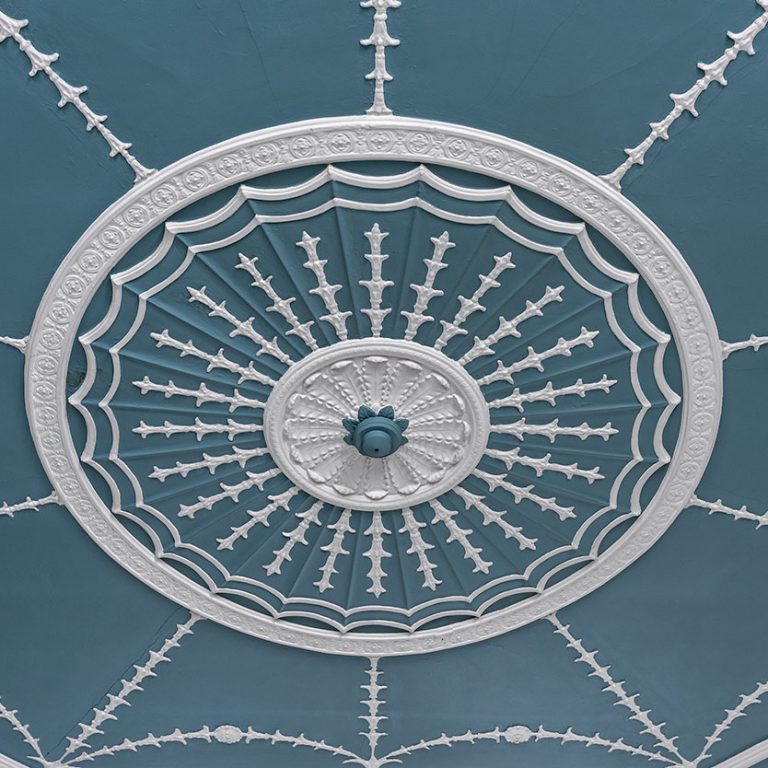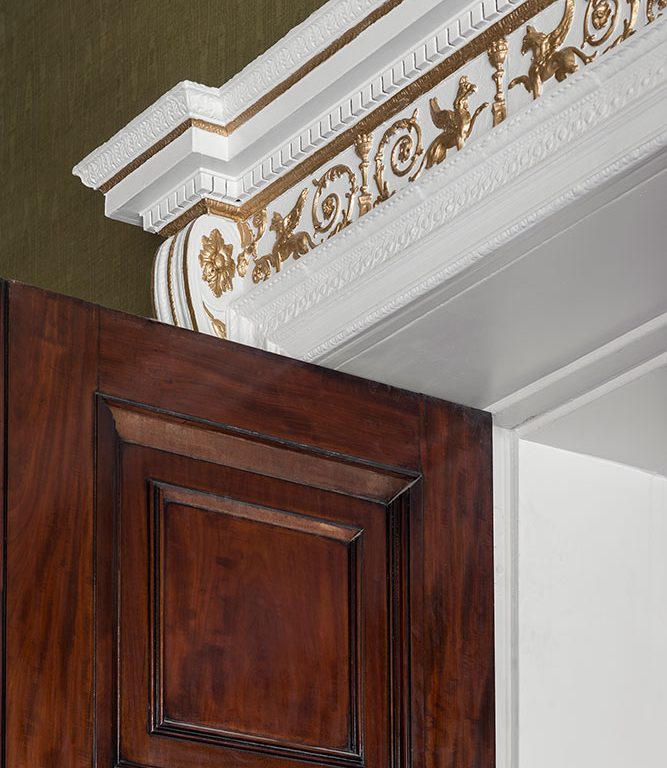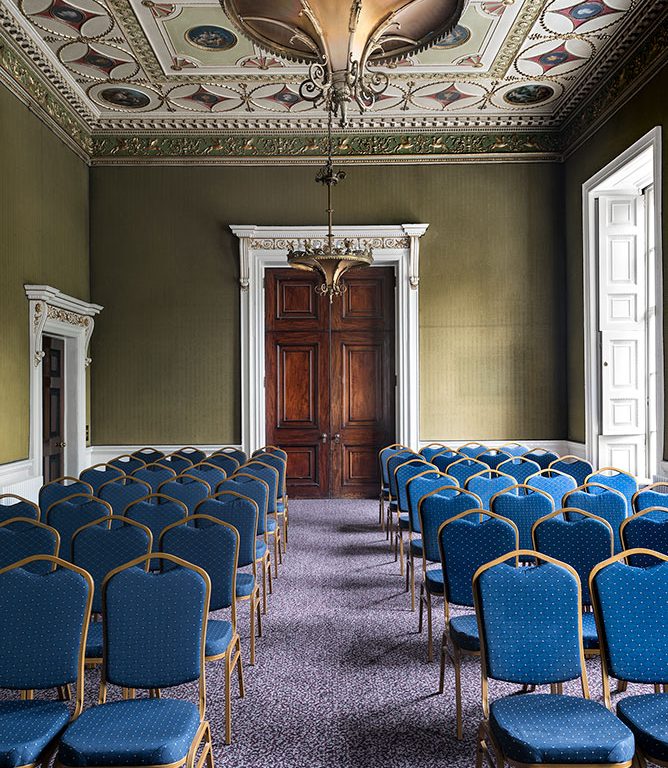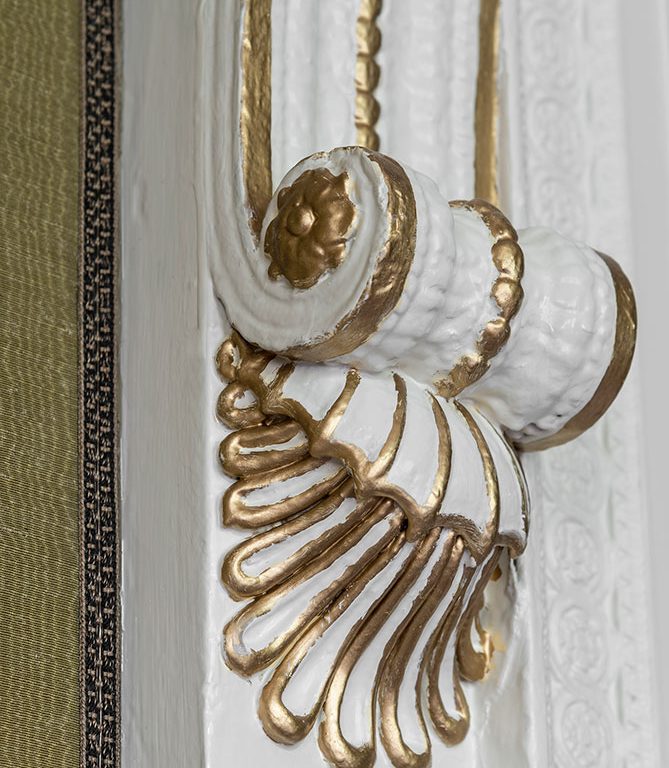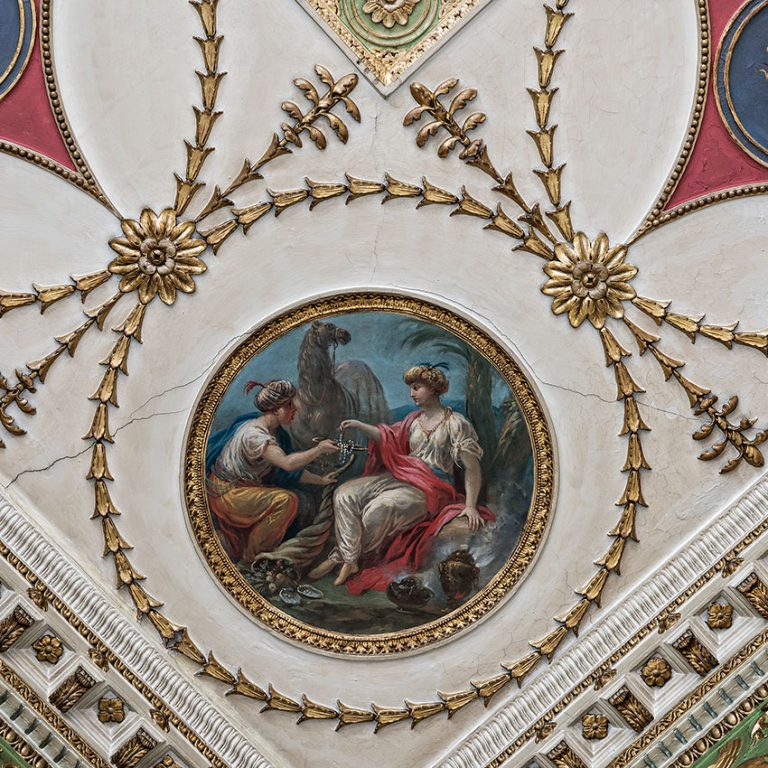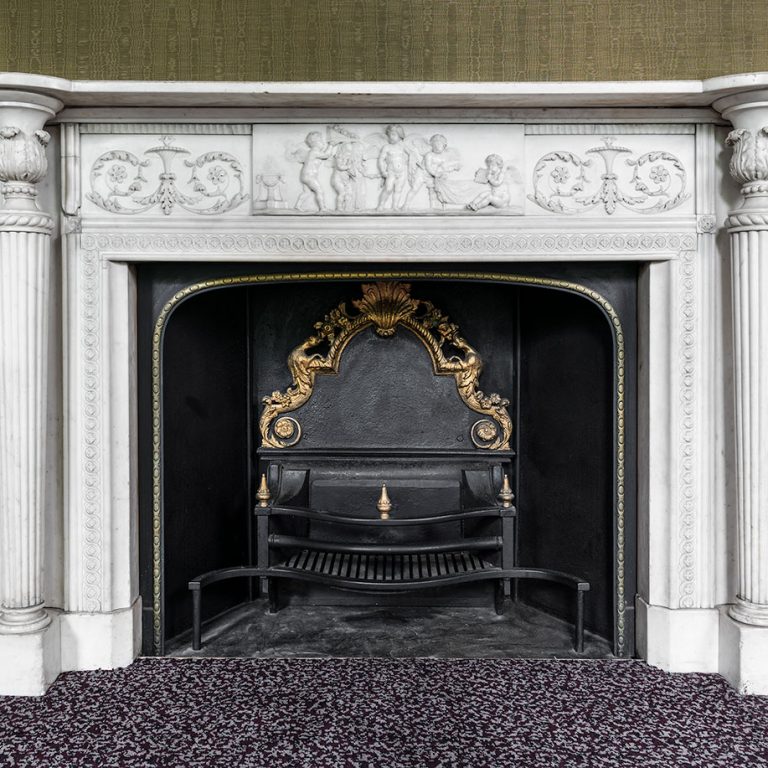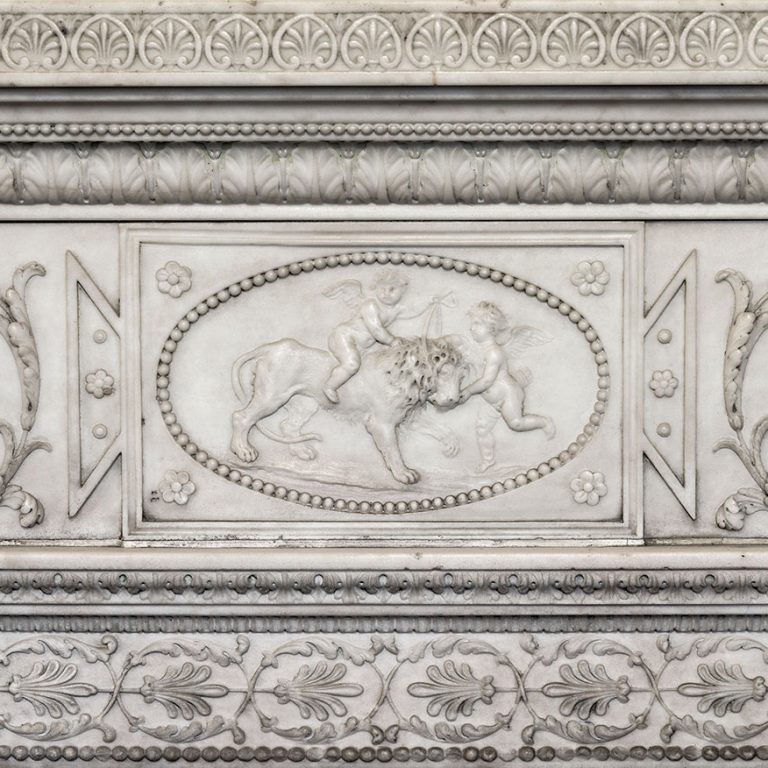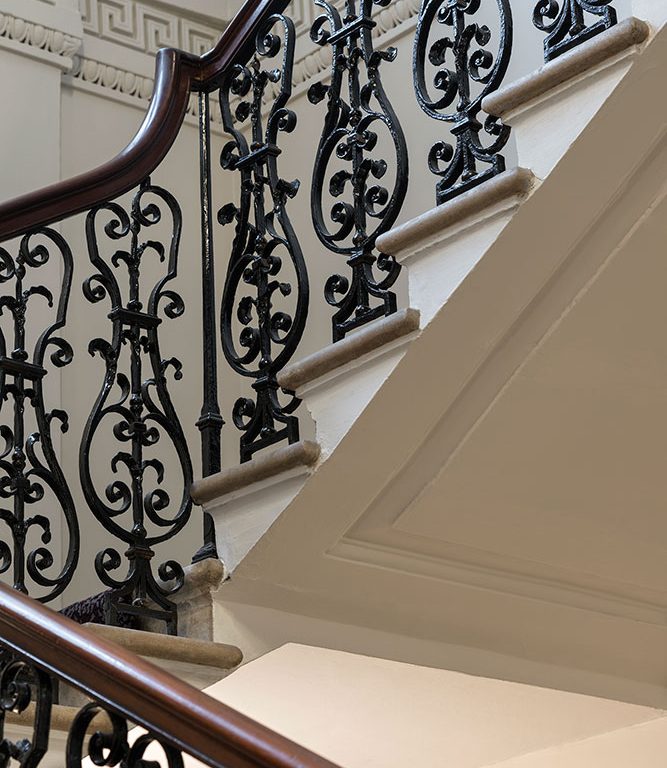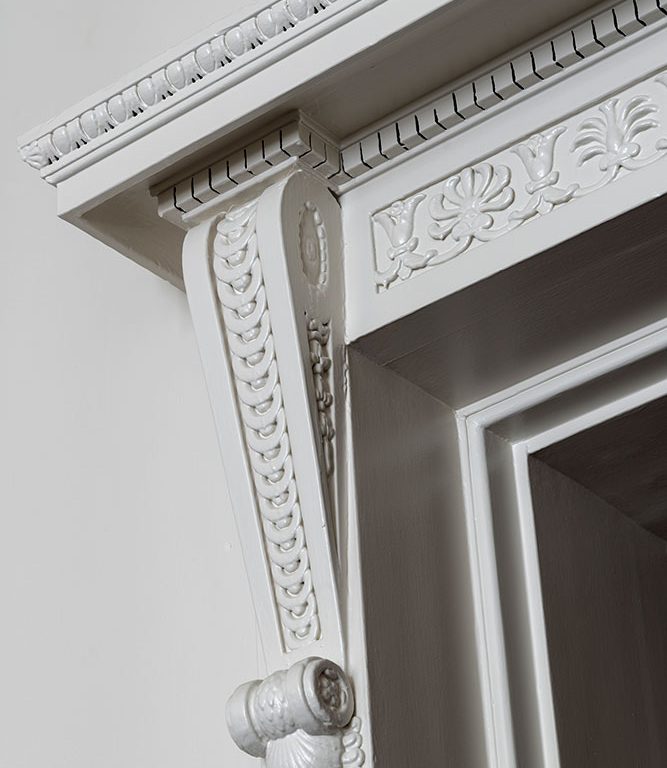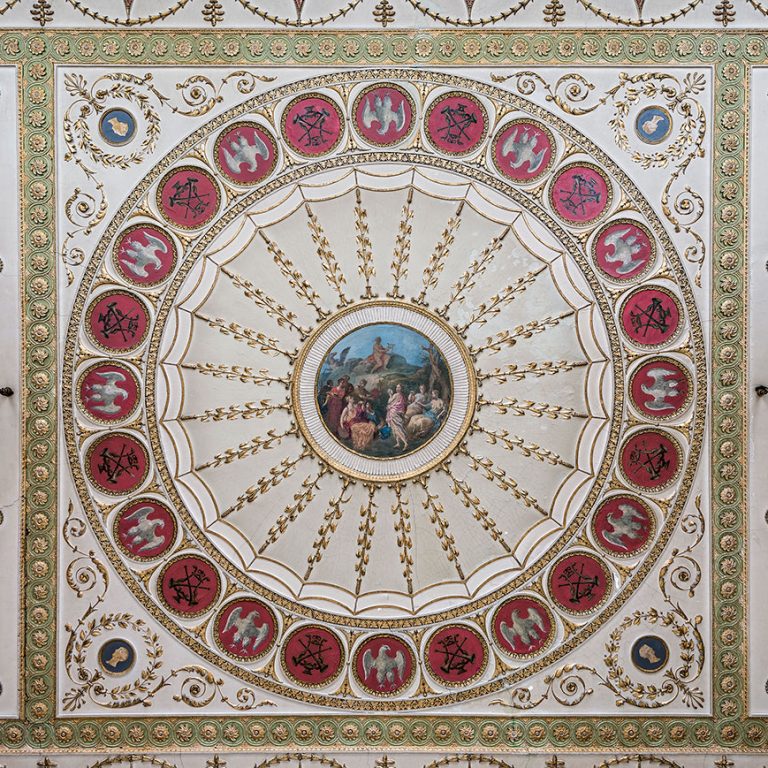The History of 106 Piccadilly
106 Piccadilly was originally built as a town house for Sir Hugh Hunlock in 1761 and then Lord Coventry from 1764. Robert Adam carried out important interior updates in 1765. It remained as Coventry House until 1848 when it was briefly home to the French Ambassador.
The St James’s Club purchased 106 in 1868 and had it remodelled by Thomas Cundy Senior. The building remained in use as a club until its demise in 1978. During this period it was frequented by many luminaries of the day including Evelyn Waugh and Ian Fleming, who made the club his home during the 1940’s. It has been in educational use since the club closed.
The property is constructed of Portland stone with a Palladian façade and a slate roof. The accommodation is arranged over four storeys with a basement. Internally, most of the 18th century features have been retained. The main entrance hall has a grand stone staircase with a wrought iron balustrade, which splits into two flights at first floor level. On the ground and first floors there are a number of ornate ceilings with intricate detail, as well as chandeliers, marble pillars and ornate cornicing.
This building is awe-inspiring and provides a constantly stimulating environment for learning, for both students and staff alike.
